Flush ceiling-mounted hoods
Rachele Kanigel
6 years ago
Featured Answer
Sort by:Oldest
Comments (25)
cpartist
6 years agoRachele Kanigel
6 years agoRelated Discussions
Help with flush-mount or semi-flush mount light choice
Comments (10)Thanks Cheerpeople. :) I went out to the new house and they were painting, so it was looking like a "real" house now, which gave me a much better perspective. Armed with tape measure and my circle of cardboard, I determined the diameter is fine. But as justgotabeme was saying, what surrounds it makes a difference. The lights would be next to a short wall from the ceiling because the room behind it has pony walls and open walls. But the "pony" wall continues at the ceiling and comes down 17" ish. That means the semi-mount fixture would hang almost as low as the end of that wall, and I'm afraid it will look too crowded. So I think the flush-mount is the way to go. I really do like the semi-flush one, but this area is adjacent to the foyer, which is going to have two very large chandeliers, and I don't want it to be so completely busy with multiple conflicting hanging fixtures that compete with each other! Thanks everyone, I really appreciate all the help....See MoreFlush mounted ceiling hood WITH HEATING LAMP?
Comments (7)Has anyone found benefit in these? They are a considerable distance from anything placed on top of the range. Stuff on a back shelf is closer and of more benefit but that can be a bit of a pain reaching across whatever is on the range. I've never known anyone who had them that wanted them again. They also reduce the capture area and containment area of the hood and so reduce its effectiveness. These are about $50 and get a lot more heat a lot closer to the food. Can be a bit of a pain to store though: 1126711.jpg...See MoreFlush mount conversion to semi-flush mount.
Comments (2)Hi Kim Marcus, With the proper hardware and tools, anything is possible. Whether it is safe or easy to do, that's another thing altogether. We hope this information will help you make a more informed decision on your home needs. Very Best, Tai Truong Elements of Design 3400 Medford Street Los Angeles, CA 90063 tai@lusivedecor.com www.elementsofdesign.com...See MoreLow profile or Flush-mount Range Hood
Comments (4)Of course there are options between a ceiling grate that makes you climb on top of the cooktop to clean it and nothing. First, if you can do a ceiling grate, you can do a standard island hood. Then there’s a whole host of other things that haven’t been explored. Post your layout and pictures of the space....See Moreweedmeister
6 years agocpartist
6 years agoJoseph Futral
6 years agoJoseph Futral
6 years agoDavid Mitchell
6 years agoRachele Kanigel
6 years agocpartist
6 years agoMegan Mitchell
6 years agoBeth A.M.
5 years agoUser
5 years agolast modified: 5 years agoGina McEvoy
3 years agorureadyinla
2 years agoDr Del jacq
2 years agokaseki
2 years agolast modified: 2 years agoBeth A.M.
2 years agoopaone
2 years agokaseki
2 years ago
Related Stories
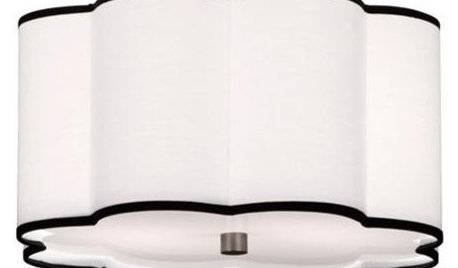
Guest Picks: Flat-Out-Gorgeous Flush Mounts
Things are looking up for your ceiling, thanks to lighting fixtures that stay out of the way but stand out for their style
Full Story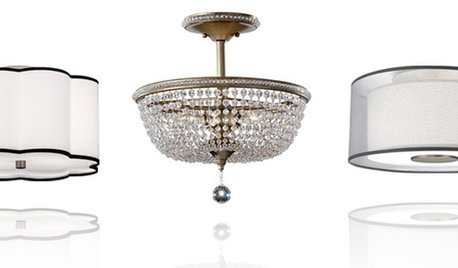
SHOP HOUZZShop Houzz: Fabulous Flush-Mount Lighting
These close-to-the-ceiling light fixtures are anything but boring
Full Story0
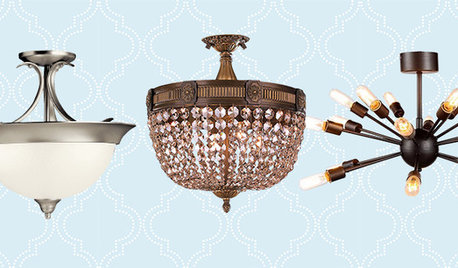
SHOP HOUZZShop Houzz: Up to 75% Off Flush Mounts
Enlighten your rooms with these ceiling-hugging fixtures on sale
Full Story0
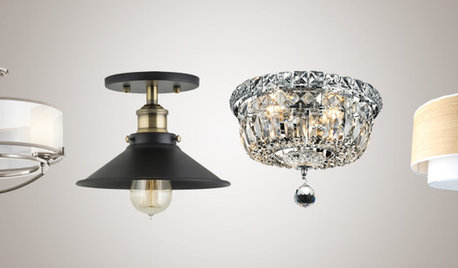
SHOP HOUZZShop Houzz: Up to 75% Off Flush-Mount Lighting
Stylish lighting for spaces with low ceilings
Full Story0
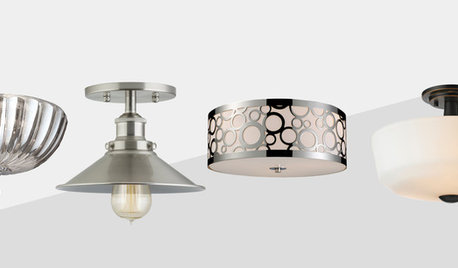
SHOP HOUZZShop Houzz: Up to 75% Off Flush-Mount Lighting
Stylish lighting for spaces with low ceilings
Full Story0
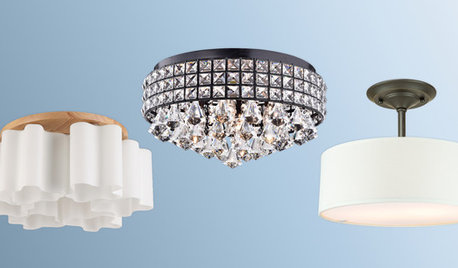
SHOP HOUZZShop Houzz: Up to 70% Off Flush-Mount Lighting
Stylish ceiling-hugging lighting for all kinds of rooms
Full Story0
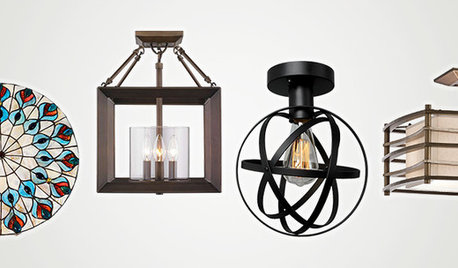
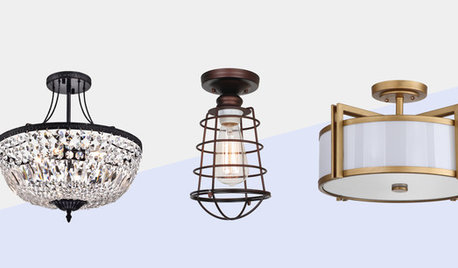
SHOP HOUZZShop Houzz: Up to 75% Off Flush Mounts and Wall Sconces
Lights for ceilings and walls that won’t cramp your style
Full Story0
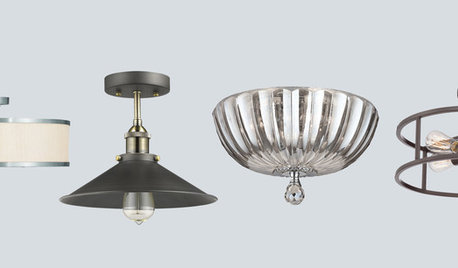
SHOP HOUZZShop Houzz: Up to 75% Off Flush-Mount Lighting
Bright ideas for spaces with a low ceiling
Full Story0
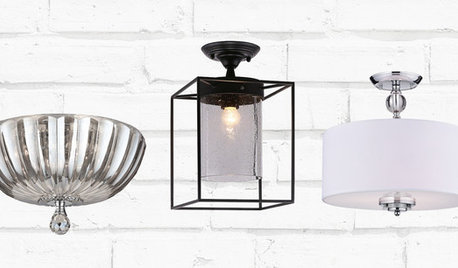
SHOP HOUZZShop Houzz: Up to 75% Off Flush-Mount Lighting
Save on ceiling-hugging fixtures in every style
Full Story0
Sponsored
Zanesville's Most Skilled & Knowledgeable Home Improvement Specialists





Beth A.M.